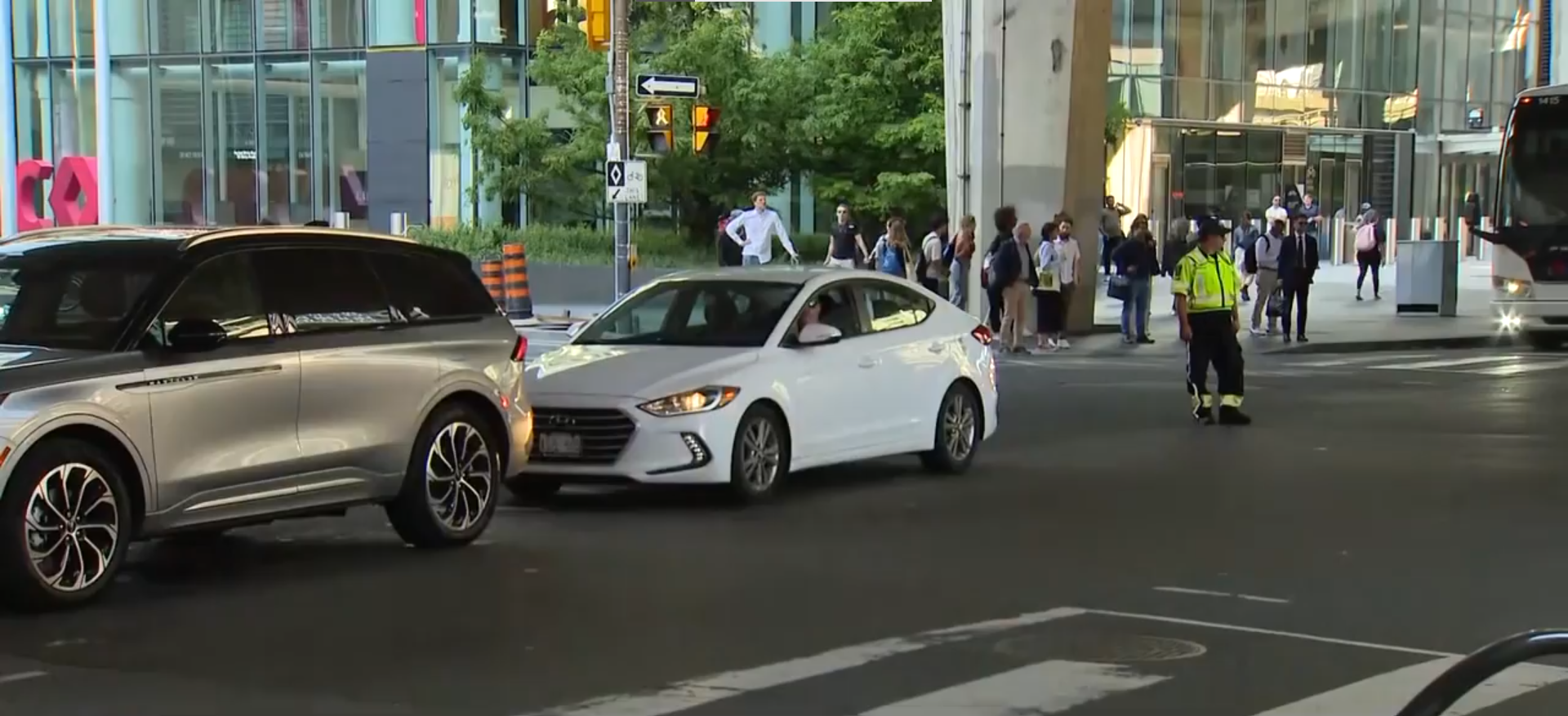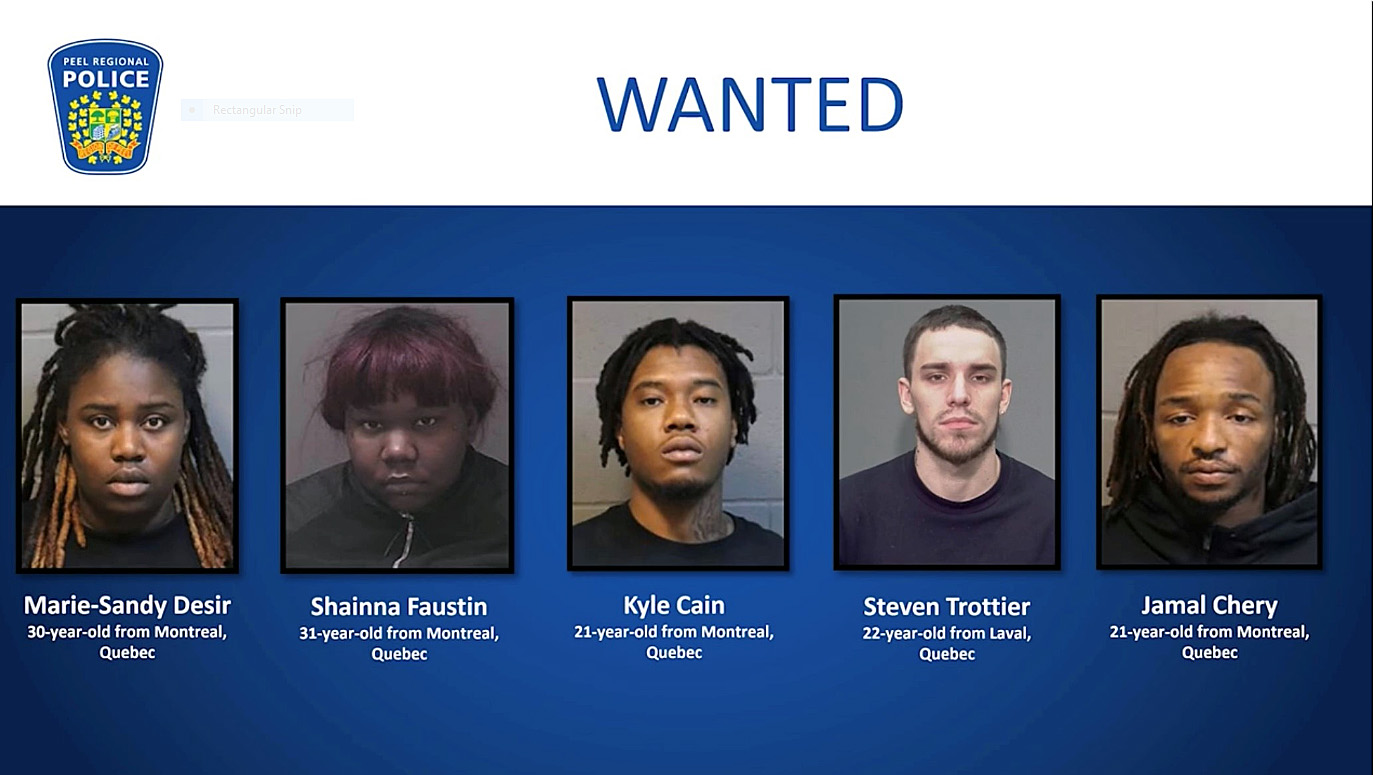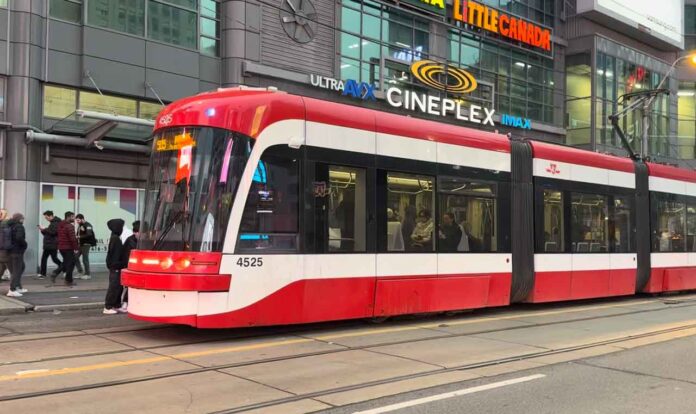Infra
‘Box blocking’ is a problem in Toronto. Why solving it could be tricky

It has become a common sight in downtown Toronto, particularly during gridlock traffic; a driver attempts to make the light when it’s bumper-to-bumper but gets caught in the middle of an intersection.
It’s called “box blocking” or “blocking the box.” It happens when vehicles enter an intersection or box junction but cannot clear it before light or traffic conditions change. This often results in cars being stuck in the intersection, obstructing traffic flow and worsening gridlock.
Earlier this year, Toronto’s city council approved a motion that urged the province to implement higher fines that would see them increase from $85 for an improper stop at an intersection to $450 and increase the fine for an improper stop at an intersection in a community safety zone from $120 to $500.
While these hefty fines should deter drivers from attempting to “block the box,” the Toronto Police Service (TPS) explains that implementing these infractions in the heat of the moment has its downside.
“Our goal is to keep the city moving. The problem is [when you’re] stopping a vehicle that you’ve identified has committed this offence, you’re, in fact, blocking the roadway once again,” said Sergeant Murray Campbell of TPS Traffic Services.
Sgt. Campbell also acknowledged that some drivers get stuck between a rock and a hard place. An example he provided is when the lane ahead has no space to go when the light is green, and when it’s red, any open space gets filled back by traffic in the other direction.
“I feel sorry for them; they’re doing the right thing, and unfortunately, they’re being punished for doing that,” said Sgt. Campbell.
An alternative to higher ‘Box blocking’ fines
TPS Traffic Services says that to avoid “box blocking,” drivers should do their best to wait outside the intersection until they can completely clear it before entering.
Jess Spieker of Friends and Families for Safe Streets advocates for automated enforcement and says it’s frightening for people on foot to divert around a wayward vehicle.
“I think the decision to increase the fines is great, but I don’t understand why we’re not moving forward with camera-based enforcement,” said Spieker.
“[Box blocking] forces people walking off the sidewalk portion, or people biking off the cycle track; that’s dangerous. We have speed cameras and red light cameras. We could have cameras for blocking intersections, parking in bike infrastructure, and parking on the sidewalk.”
Chris Klimek with the Stop100.ca drivers association called the willingness to risk blocking the box “terrible behaviour that already contributes to the congested road network” but says he’s against the fines and would rather see drivers familiarized with the issue.
“If drivers are not educated, it’s hard to expect them to comply with certain behaviours if they don’t even know that what they’re doing might be causing a harmful situation on the road,” Klimek said, adding that he’d rather see on-site officers directing the flow of traffic.
“Police should be used much more frequently than they are currently for managing traffic flow in Toronto.”
Advocates and Sgt. Campbell both agreed.
“I’ve also experienced the traffic wardens, which can make the intersections work a lot better, but again, it requires time and effort from a human being,” said Spieker.
Deputy Mayor Jennifer McKelvie issued a statement to CityNews noting that a report is expected from city staff on the potential for increasing fines even further or the feasibility of automated enforcement.









